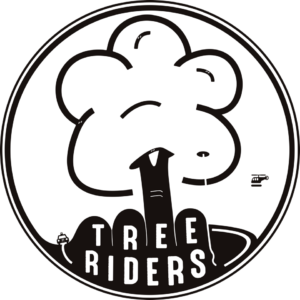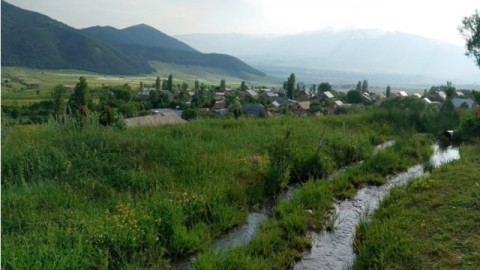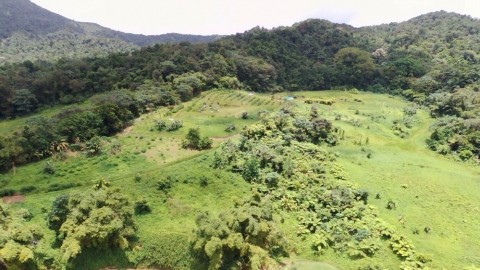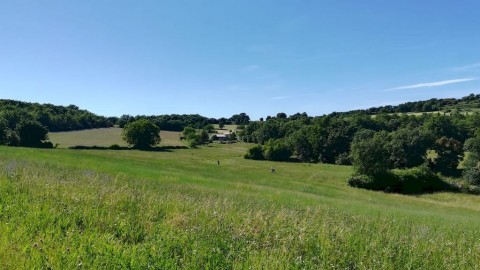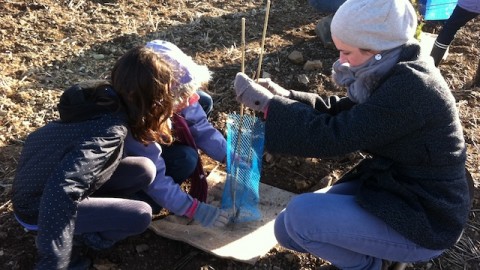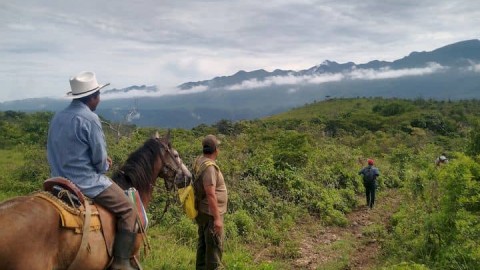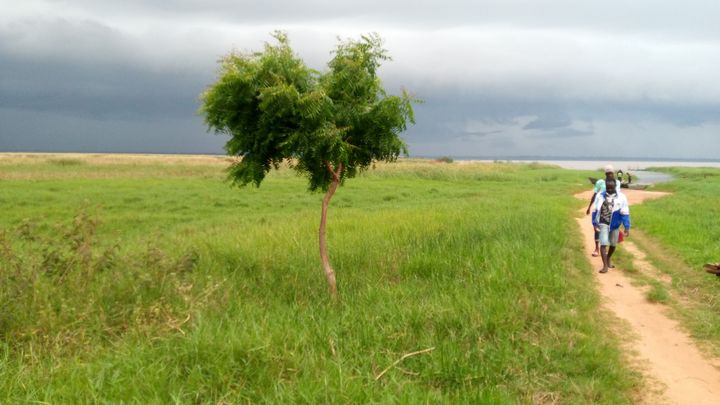
Background & challenges
The project is located in the south of Togo, along Lake Togo, not far from the capital Lomé. Very early on there was a lot of farming in this region plus several industrial units were built here. The rapid development of the area, especially around Lake Togo, has caused significant ecological disruption. Strong demographic pressure and a lack of space for the various human activities around the lake are aggravating regional environmental and social issues. The rural population is mostly made up of farmers, fishermen and -women.
Over the years, continuous cultivation without fallow or crop rotation has led to soil depletion, resulting in the disappearance of surrounding vegetation and the progressive silting of Lake Togo due to severe erosion.
In the past, fishing was the main activity and fed almost all the families. Fishing populations, whose numbers and needs increase year on year, helplessly witness the pollution of the surface water – which restricts the area they can work and suffocates the overexploited fish resources. Today, fishermen and -women represent the poorest and most vulnerable segment of the population.
Families also lack wood for fuel and lumber. To gather it, the villagers have no other choice but to cut down trees and shrubs that are becoming increasingly scarce.
Through this project, the local population can adopt a sustainable approach to managing and developing their territory. They will also be able to innovate in the production and marketing of local produce, as well as making the region more attractive to young people and tackling rural flight.
To this end, 100,000 trees will be planted based on two different approaches and are expected deliver many benefits:
1) Agroforestry by planting so-called ‘fertilizer trees’ in cultivated fields to:
- naturally and sustainably fertilise the soil without chemical products with a natural supply of carbon and nitrogen in the soil;
- increase yields and sustainably diversify production with food crops to ensure local food security and the marketing of surplus goods on local markets;
- enrich biodiversity, strengthen local environmental resilience, and limit the use of synthetic pesticides by reintroducing animals to encourage natural pest control;
- produce fuel and lumber on family farms to relieve the workload of women, who will no longer need to walk miles to gather their bundles of sticks.
2) Forestry by creating community forests near and along Lake Togo, as well as in the silted area and family forests, in order to:
- stabilise soils and tackle erosion;
- retain stones and prevent landslides;
- regulate the flow of springs and filter water;
- provide wood, a renewable resource, and fodder.
The sustainable introduction of trees in the project area will also improve the local climate by countering pollution and contributing freshness, while improving the global climate by creating carbon sinks.
In addition to tree planting, the project will also set up a market gardening activity to rapidly improve the living standards of the farming and fishing households. The shores of Lake Togo are indeed swampy and as such ideal for growing crops like tomatoes, green peppers, onions, gboma, spinach, taro, groundnuts, soya, and mushrooms. With Lomé close by, a market for these new products is guaranteed.
Project type

Agroforestry, forestry and market gardening
Beneficiaries

1,200 farming and fishing families
Number of trees

181,000 trees to be planted: 93,000 fertilizer trees, 68,000 forest trees and 20,000 fruit trees.
A total of 100,000 trees are expected to remain long term at the end of the five-year project.
Species planted

Fertilizer trees of the species Samanea saman, Albizia stipulata, Albizia lebbeck, Casia siamea.
Forest trees of the species Terminalia superba, Terminalia ivoirensis, Melina arborea, Tectona grandis.
For the fruit trees, mainly coconut, followed by new trees to be planted by APAF-TOGO.
Six market gardening crops best adapted to the environment: tomatoes, peppers, onions, okra, gboma, and jute leaves.
Partner

APAF Internationale and APAF – Togo
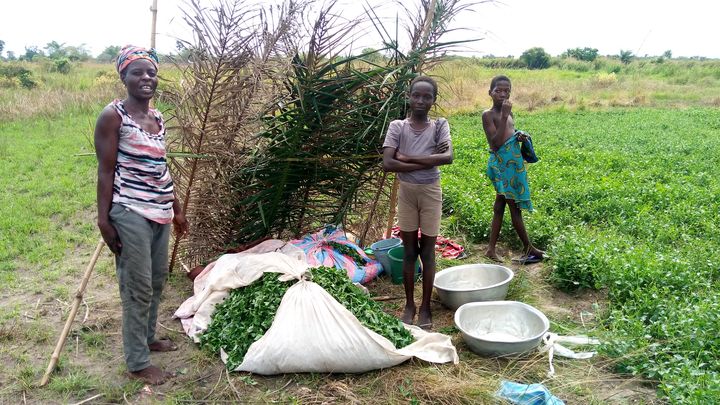
Works timeline
Awareness raising and training in agroforestry, forestry, field monitoring and fire control, plus the harvesting and marketing of market garden produce, will take place throughout the years.
- October N: renewing contacts and awareness raising among the chiefdom, Village Development Committees, and the population. Training nurserymen and -women, programming nursery activities. Acquiring small farming tools and handing them over to the nurseries.
- October to December N: preparing nursery sites – potting seed, setting up nurseries, potting agroforestry and forestry seedlings. Watering seedlings, monitoring seedlings and plants, weeding nurseries.
- February to May N+1: distribution of seedlings. Planting agroforestry and forestry trees. Training farmers on natural regeneration.
- July to September N+1: monitoring seedlings and precise geolocation of fields.
The same calendar is repeated the following year until September N+3.
The following years, up to N+5: maintenance and technical monitoring of tree recovery.
Planting partner
Since 1992, through a European-African network, the association for the promotion of fertiliser trees, agroforestry and forestry (APAF) has been promoting an agroecological and agroforestry system in Africa. This cropping approach brings soil back to life and restores biodiversity through the use of so-called fertiliser trees.
The agroforestry methods used combine these fertiliser trees with all types of subsistence (maize, sorghum, yams) and commercial (cacao, coffee) crops. The fertiliser trees enrich, structure, and restore the soil.
The APAF approach empowers smallholders to:
- Sustainably cultivate the same plots of land year after year, generation after generation
- Increase their revenue and diversify the sources
- Preserve and rebuild biodiversity
- Preserve and restore forest ecosystems
- Reduce their workload and gain more independence (women)
These methods take into consideration traditional practices, the reality of the situation for smallholders and their way of thinking. As a result, uptake of APAF’s alternative approach is rapid and widescale thanks to ‘word of mouth’.
Budget
The total budget to be collected is €200,000, i.e. €2.00 per long-term tree planted, broken down as follows:
- 95% allocated to the planting project, i.e. €1.90 per tree
- Technical support: €0.42
- Supplies, equipment and logistics: €0.42
- Seed purchase: €0,39
- Local administrative costs: €0.06
- Plots monitoring application: €0.06
- Project management by APAF-Internationale: €0,15
- Provision for risk coverage: €0.10
- A Tree for You collection, monitoring and communication costs (15%): €0.30
- and 5% (€0.10) to support the structural costs of A Tree for You.
They donated to support this project in 2021:

